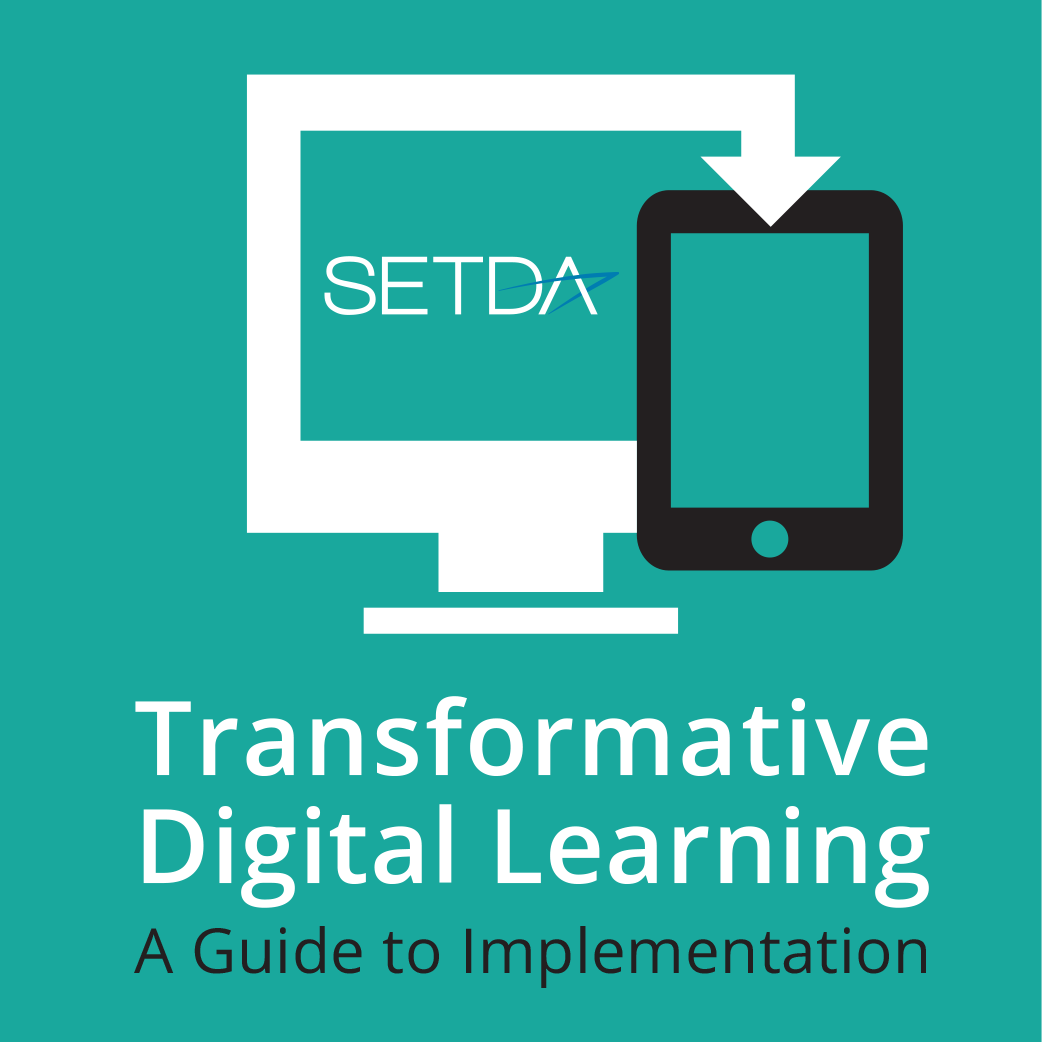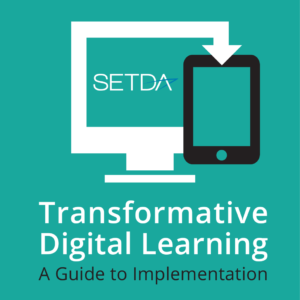Homework Gap
Learning does not stop at the end of the school day, and access to digital learning resources should not either. However, many students do not have adequate access to the internet at home—often referred to as the “homework gap,” the gap between students whose internet connections at home are slow or non-existent—and those who have home connections with adequate speed. This is a problem disproportionately common in rural and underserved communities.
As more and more educators use digital devices and digital instructional materials for learning, connectivity at home for students is an essential component of a 21st century education—not something merely nice to have. Access to technology tools and resources offers new learning opportunities to support deeper learning and best prepare students for college and careers. When students have access to high-speed reliable internet both in and out of school, they can take online courses, complete online homework assignments, participate in virtual activities and collaborate with peers.
Ensuring this needed resource for students outside of school can be difficult, especially in rural areas. The federal program, Connect2Compete (C2C) helps to provide K-12 students affordable internet and devices to students and families that qualify for the National School Lunch Program. C2C is offered in partnership with leading cable companies, including Cox, Bright House Networks, MediaCom, Suddenlink, Comcast’s internet Essentials and others. Eligible customers receive internet for as low as $9.95 per month (plus tax). Some districts have worked with local internet service providers to support home access. Others provide subsidies to families in the district to assist with the cost of access to the internet at home, while still others support and rely on other publicaly accessible institutions to provide access to the internet. While many commercial establishments such as coffee shops and restaurants do provide internet access, relying on them to provide internet access to students outside of school can raise a host of ethical problems.[/su_expand]
Facilitator Guide
The Facilitator Guide – Homework Gap provides education leaders with the information and resources they need to conduct a professional learning session. Participants will:
- Learn more about the homework gap and its impact on digital equity
- Strategize solutions with peers
- Collaborate with colleagues on best practices
- Develop and maintain relationships with other district and state leaders



